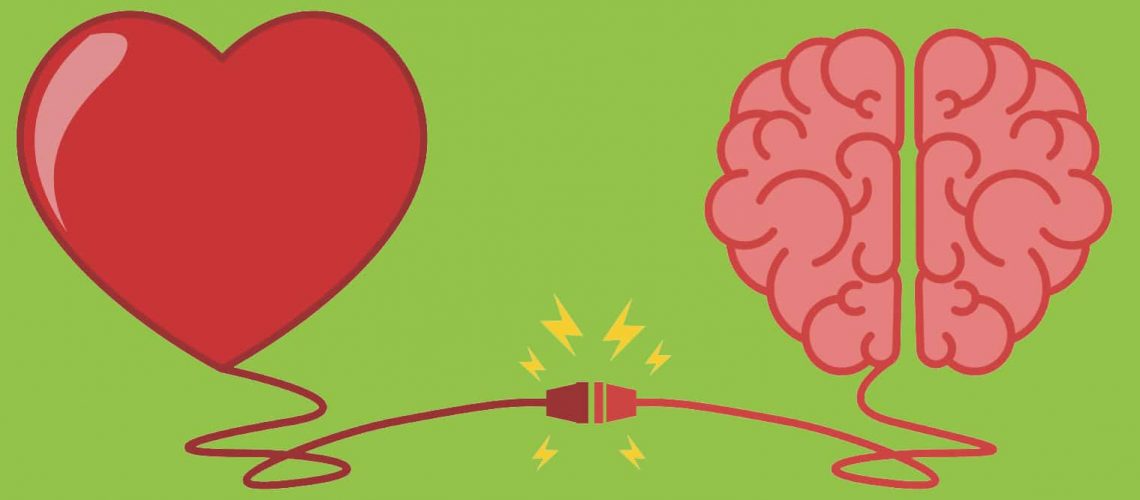Healthcare treatment approaches change over time as discoveries and new technologies are tested and refined. The process of evidence-based research, learning and continuous improvement carries over for Transcranial Magnetic Stimulation (TMS) Therapy for depression treatment.
As a refresher, TMS Therapy utilizes a safe, non-invasive magnetic pulse technology to stimulate brain activity at the area where humans experience depression in the brain. TMS is an FDA-cleared, non-drug treatment option, where the patient is not sedated or medicated and can immediately return to their normal day following the short in-office procedure.
For nearly a decade, my practice has specialized in providing TMS Therapy as a treatment for depression with 75 percent of our patients having a positive response. Historically, the vast majority of our patients had undergone numerous depression treatments including various antidepressants before trying TMS. And while we continue to have a strong track record for relief of depression symptoms, we strive to analyze ways to improve the TMS methodology when it comes to targeting the treatment location.

The current consensus in the clinical field is that TMS creates an electric field in the brain, which depolarizes pyramidal cortical neurons in the prefrontal cortex, which cause the synaptic transmission to connective neurons to produce effects in the brain circuitry including the cingulate, amygdala, hippocampus, thalamus and caudate nucleus. Did you get that? Sorry to go full nerd, but these are all critical areas of the brain related to mood and depression.
The antidepressant mechanism of action of TMS is likely multifactorial as the brain is an electrical-chemical organ. Effects after short-term and chronic exposure to TMS include, but are not limited to, plasticity-like actions and changes in connectivity and activity of neural circuitry circuits.
Because no two heads are the same, the location of the DLPFC (dorsolateral prefrontal cortex aka the area of the brain which is stimulated while treating depression) also varies person to person. There are different processes to locate the DLFPC including the 5-cm-rule, the BEAM-F4 method and neuroimaging. While these approaches continue to prove clinically positive, we push to get more and more precise.
A new DLFPC-targeting method we are currently examining is Neuro-Cardiac-Guided TMS (or NCG-TMS), which focuses on heart rate.
People with depression generally show a higher heart rate and lower heart rate variability (HRV). The NCG process suggests that the heart is connected to the same network involved in depression. Several studies have shown that these brain structures are indeed connected to the heart. Heart rate decelerations were also reported on the DLPFC as a result of TMS treatments.
The NCG-TMS method aims to assess whether the TMS treatment really ‘hits’ the depression network by looking at the heartbeat. If there is no decelerating, it is possible that the DLPFC and thus specifically the subgenual anterior cingulate cortex (sgACC) is not getting stimulated. With this method, a different location on the scalp might be found where the heart rate does show deceleration. As a result, it could then be decided to continue the treatment on this ‘alternative’ location.
There is evidence using combined imaging techniques, PET-MRI, from over a decade ago that highlights effective antidepressant treatment is associated with the area of the brain clinicians are aiming to target.
Recently, I was fortunate to have been in an NCG-TMS training session with Marleen Stam, Psychologist NIP & Global Trainer at neuroCare Group who stated, “We may have found a more accurate way of finding the best treatment point for the depression network. However, more research is needed.”
The NCG assessment is planned to be performed on patients who underwent TMS treatment but with insufficient effect. The evaluation will help to adjust treatment in case a patient does not respond or lacks sufficient response to the procedure.
Currently, most scientific evidence suggests treatment stimulating standard locations, which is why we always start with the traditional DLPFC targeting approach. However, in case the therapy shows insufficient effect, these results could provide us with insights on how to optimize treatment.
Significant progress is being made at the Research Institute Brainclinics, led by Dr. Martijn Arns, Director & Researcher and Tabitha Iseger, PhD-candidate, Research & iSPOT Coordinator, who have shown that the NCG-TMS method is valid to localize the entry into the DLPFC-sgACC network in a manner that is clinically assessable.
The NCG-TMS technique will allow more significant opportunities to optimize TMS treatment and enable more people to have treatment responses, which support the ultimate goal for treating depression—provide positive, lasting symptom relief. As healthcare and technology evolve and intertwine, it is equally essential for clinicians to continually evaluate conventional treatment approaches and procedures while exploring new and improved methodologies to ensure the best possible patient outcomes.


